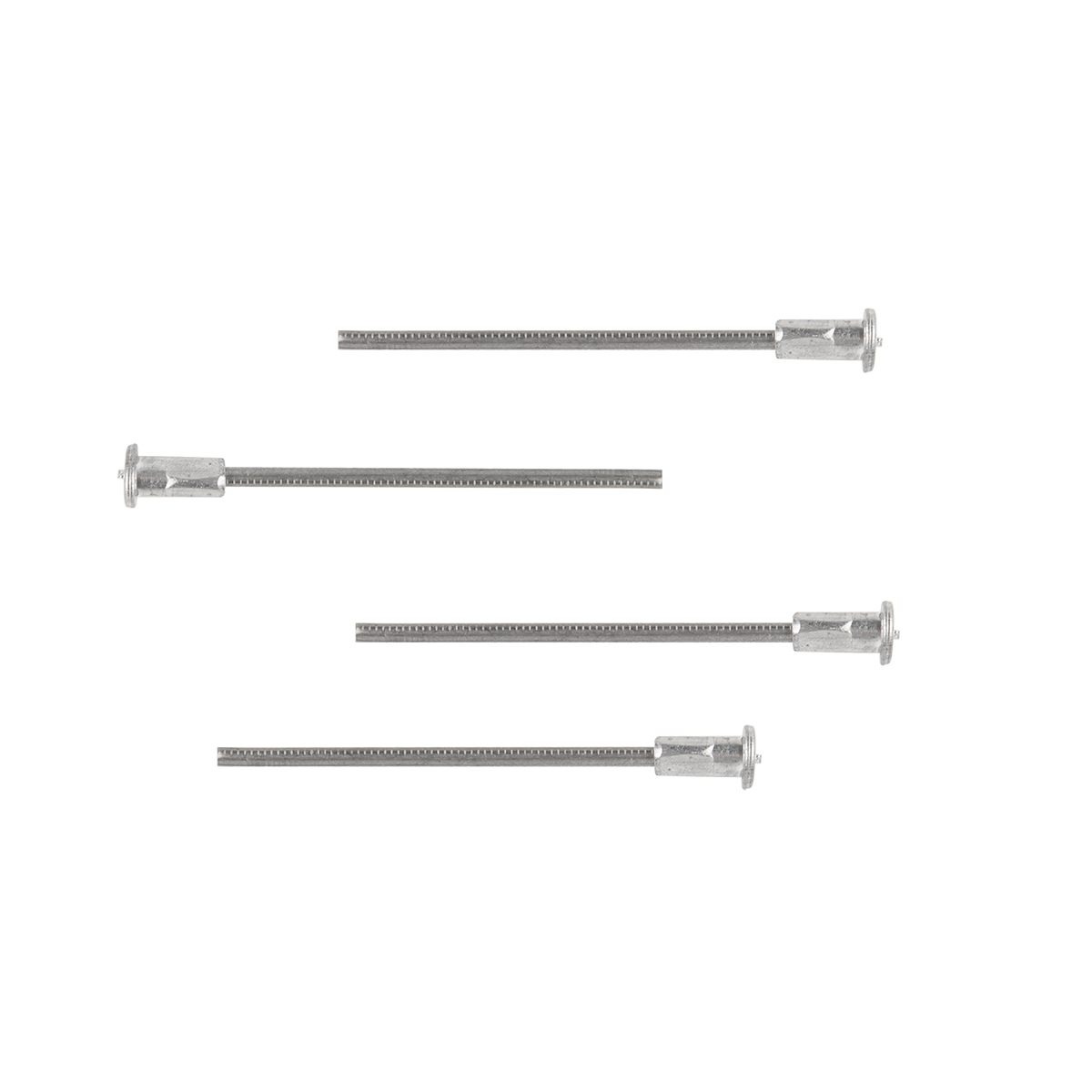The Installation Skills of Insulation Pins
Author: admin Date: 2024-08-16 15:56:37 Category: INDUSTRY NEWS
The successful installation of insulation pins requires specific skills and attention to detail to ensure the insulation system functions effectively. Firstly, it's essential to prepare the installation surface thoroughly. Remove any dirt, debris, or moisture to ensure a clean and dry surface. This promotes better adhesion and stability of the pins.
When handling the insulation pins, be careful not to damage the adhesive or any special coatings. If the pins have a protective covering on the adhesive side, remove it just before installation to prevent premature exposure and loss of stickiness.
Position the pins accurately according to the planned layout. Use a measuring tape and marking tools to ensure even spacing and proper alignment. This helps distribute the load evenly and provides consistent insulation.
When inserting the pins, apply gentle but firm pressure. Avoid using excessive force that could cause the pins to penetrate too deeply or damage the insulation material. If using self-adhesive pins, hold them in place for a few seconds to allow the adhesive to bond properly.

In some cases, using a tool like a hammer or a pneumatic driver might be necessary. When doing so, make sure the tool is set to the appropriate force and that you strike the pins squarely to prevent bending or misalignment.
It's crucial to install the pins at the correct angle. Usually, they should be perpendicular to the surface to provide maximum support and insulation effectiveness.
For larger insulation areas, start from one corner or edge and work your way systematically across the surface. This helps maintain order and ensures that no areas are missed.
An example of a proper installation technique could be when insulating a duct. Mark the positions along the duct at regular intervals, then insert the pins one by one, ensuring they are all at the same depth and angle.
After installation, inspect the pins to make sure they are all securely in place and there are no loose or misaligned ones. Address any issues promptly to avoid potential problems with the insulation performance.
By following these installation skills and taking the time to do the job right, you can ensure that the insulation pins provide reliable support and insulation for your project.